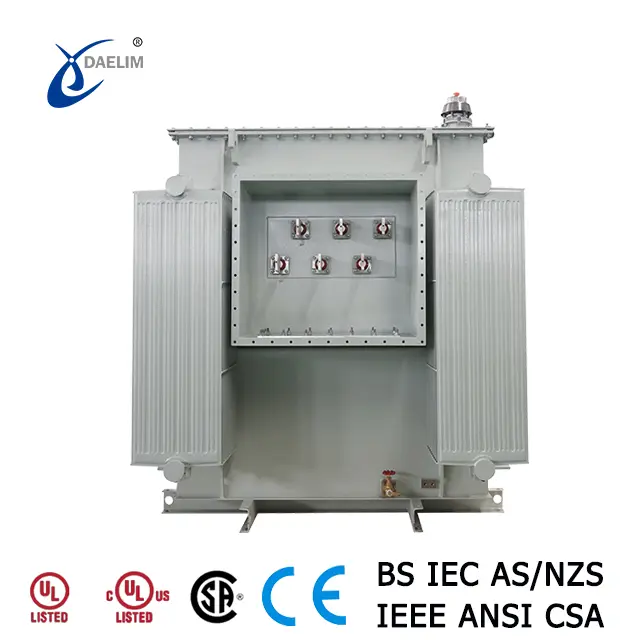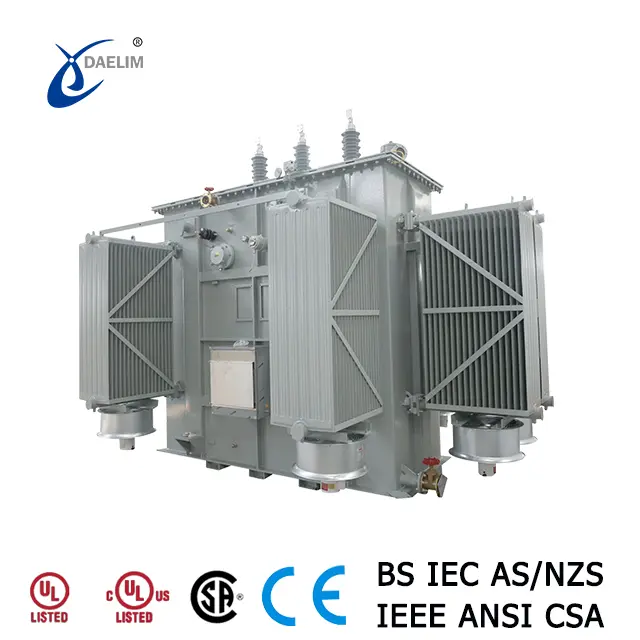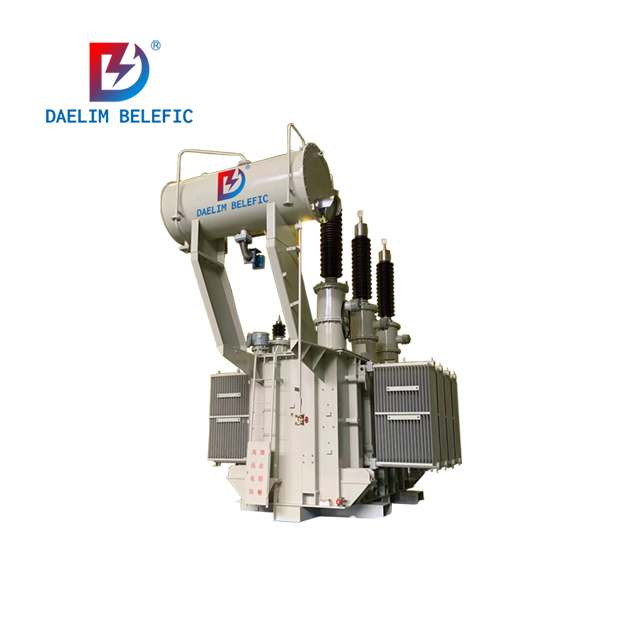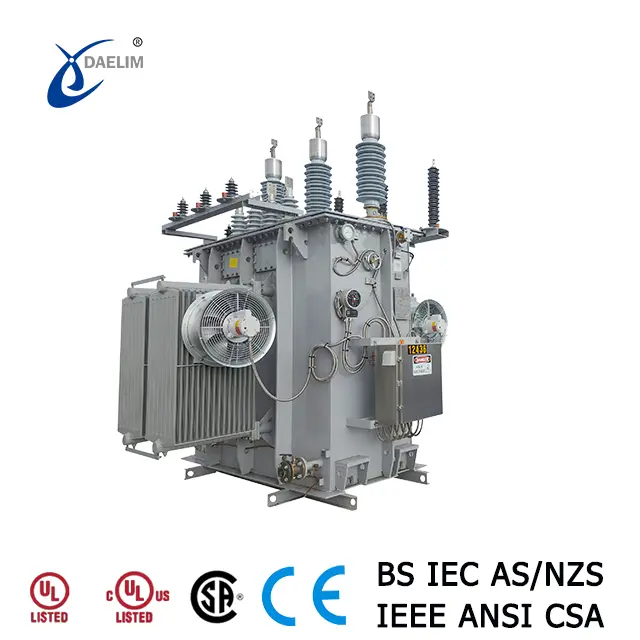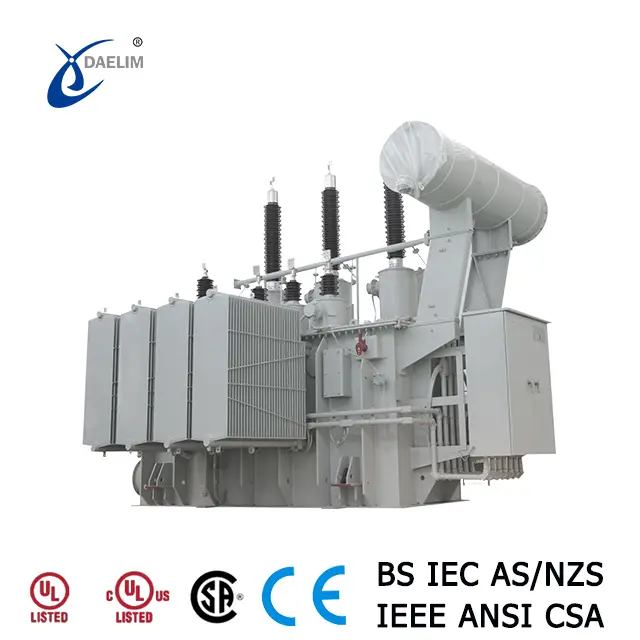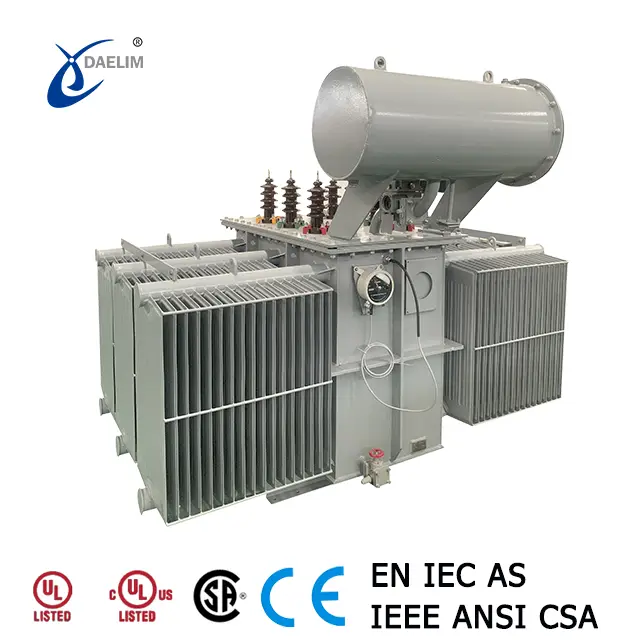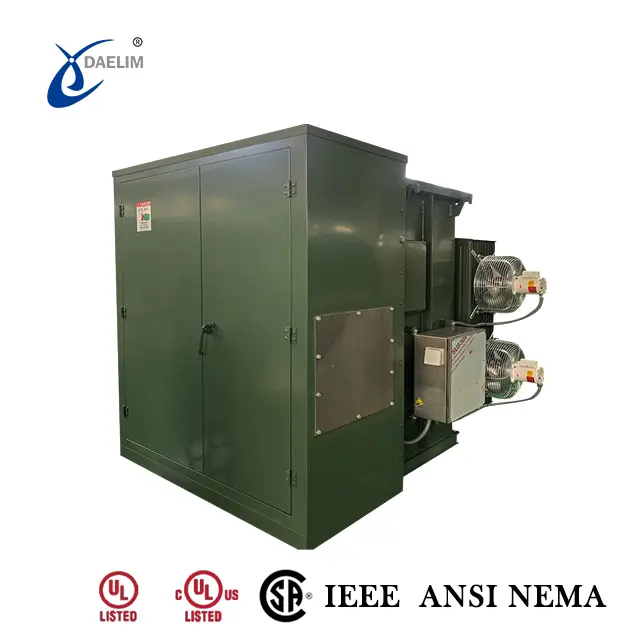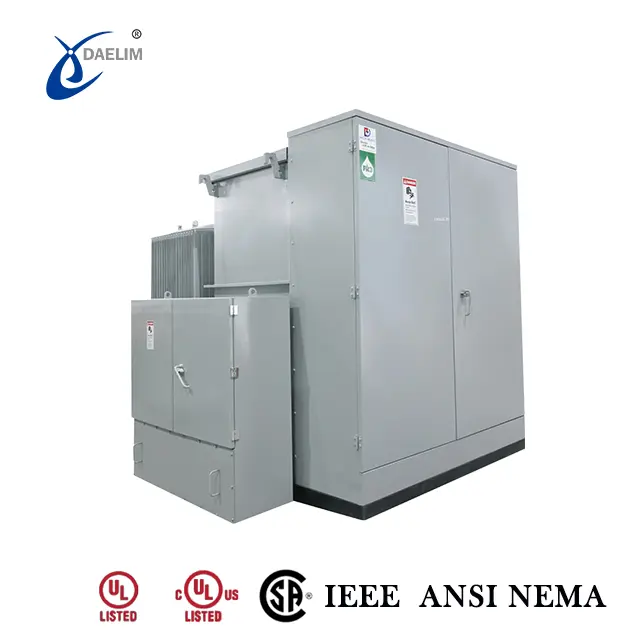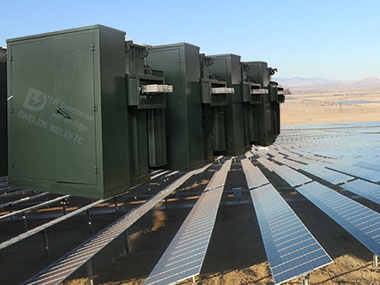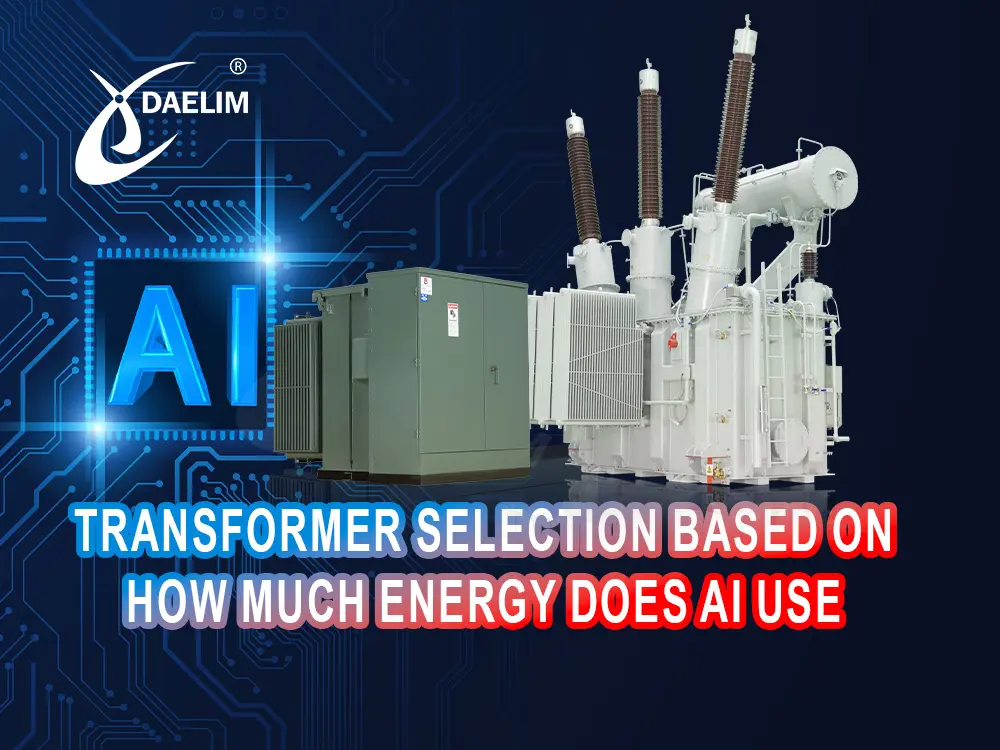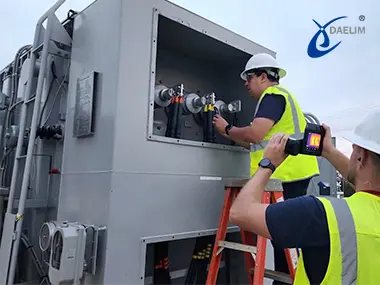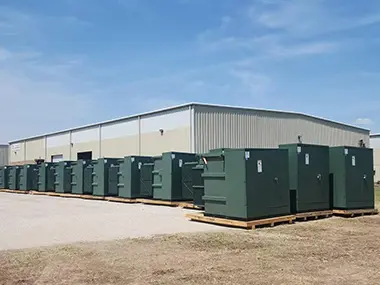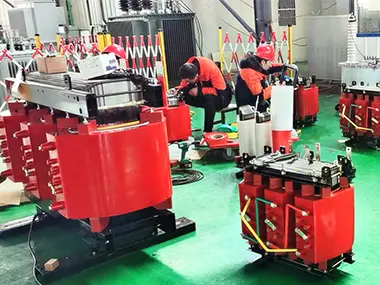Complete Introduction of Energy Efficient Transformers
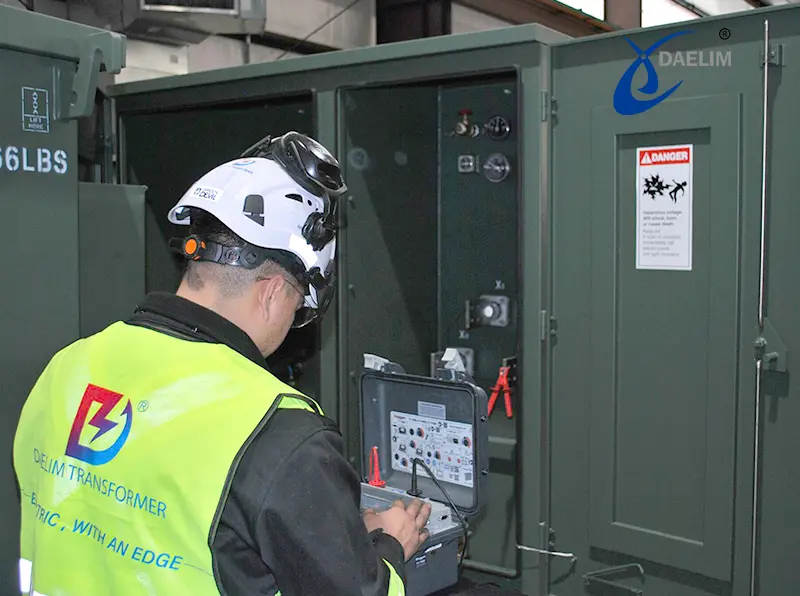
Electrical transformers are electricity regulating equipment that work to control the supply of electricity to the consumers. As these electric transformers are the only major electrical device in the entire Electricity Distribution system the efficiency of the electric transformers is a very important factor in the overall efficiency of the electricity distribution system.
Due to such high importance a term called energy efficient transformer is now being used in the Transformer industry. In this article we will deliver you a complete introduction of energy efficient Transformers explaining what these Transformers are, how they are different from Standard transformers, why there is a need for such transformers and what are the factors that define the Transformer efficiency.
Contact Daelim TransformerDefinition of Transformer Efficiency
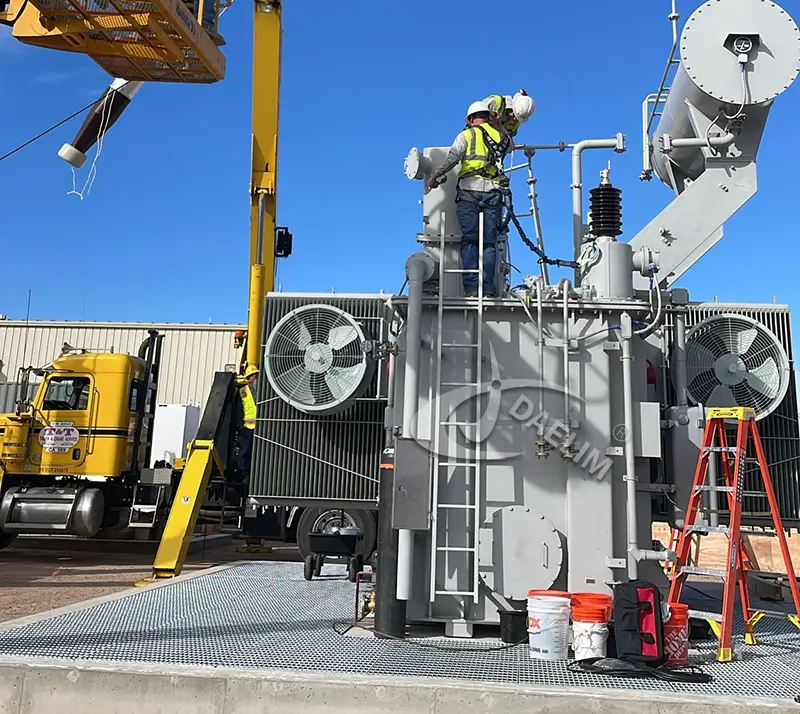 The transformer efficiency is simply the ratio of Transformer output to the Transformer in and it is usually represented in percentage. The Transformer efficiency indicates the ability of an electrical Transformer to convert the provided input to the required output with minimum losses.
The transformer efficiency is simply the ratio of Transformer output to the Transformer in and it is usually represented in percentage. The Transformer efficiency indicates the ability of an electrical Transformer to convert the provided input to the required output with minimum losses.
Energy Losses in Traditional Transformers
There are three main types of energy losses in any Electrical Transformer.
- First is the iron losses that occur in the Transformer Core. These Transformer core losses occurred due to the hysteresis and Eddy current effect.
- Second is the copper losses that happen in the Transformer winding.The copper losses are due to the resistors of the copper material or the aluminium material used for the winding of electrical transfer. This loss is usually observed in the form of waste heat produced as the Transformer winding.
- The third and last type is stray losses happen in different parts of the transformer. It happens due to leakage flux interacting with nearby components, causing additional power dissipation.
Reading more about Transformer Losses
What is an Energy Efficient Transformer
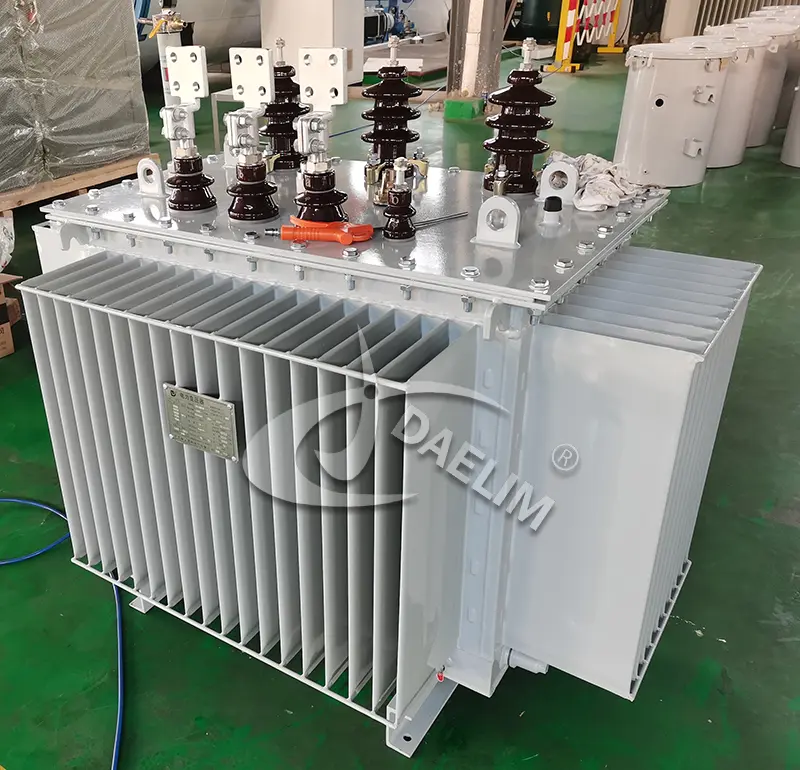 The term energy efficient transformer refers to the most recent type of electrical Transformers that offer an efficiency of 98 to 99.5%. These are the most recently designed types of Electrical Transformer with all parts and their material specifically selected to deliver you high efficiency.
The term energy efficient transformer refers to the most recent type of electrical Transformers that offer an efficiency of 98 to 99.5%. These are the most recently designed types of Electrical Transformer with all parts and their material specifically selected to deliver you high efficiency.
How these energy efficient transformers are different from the conventional or standard transformer is that the standard transformer is designed to deliver a combination of cost saving during the manufacturing stage and efficiency whereas the energy efficient Transformer the high efficiency and saving cost during the manufacturing stage is not the main controlling factor here.
One good example of an energy efficient transformer is the amorphous core transformer. It is a special type of Electrical Transformer that uses amorphous metal alloys for the construction of his Transformer core instead of the regular telecon Steel material.
The amorphous metal is a ferromagnetic material that lacks the crystalline Structure in the microstructure of the metal and this helps a lot in improving the Transformer efficiency. To further improve the Transformer efficiency of the amorphous metal core transformer, the core is manufactured by rapid cooling the molten metal to form a very thin Ribbon like structure.
Unique combination of the material and manufacturing method makes a lighter and more compact Transformer Core that offers much less energy losses and very high efficiency when compared to standard Steel Transformer Core.
You may enjoy: DOE Efficiency Standards for Transformers
Characteristics of Energy Efficient Transformers
Some basic characteristics of energy efficient Transformers are as follows.
High Quality Transformer Core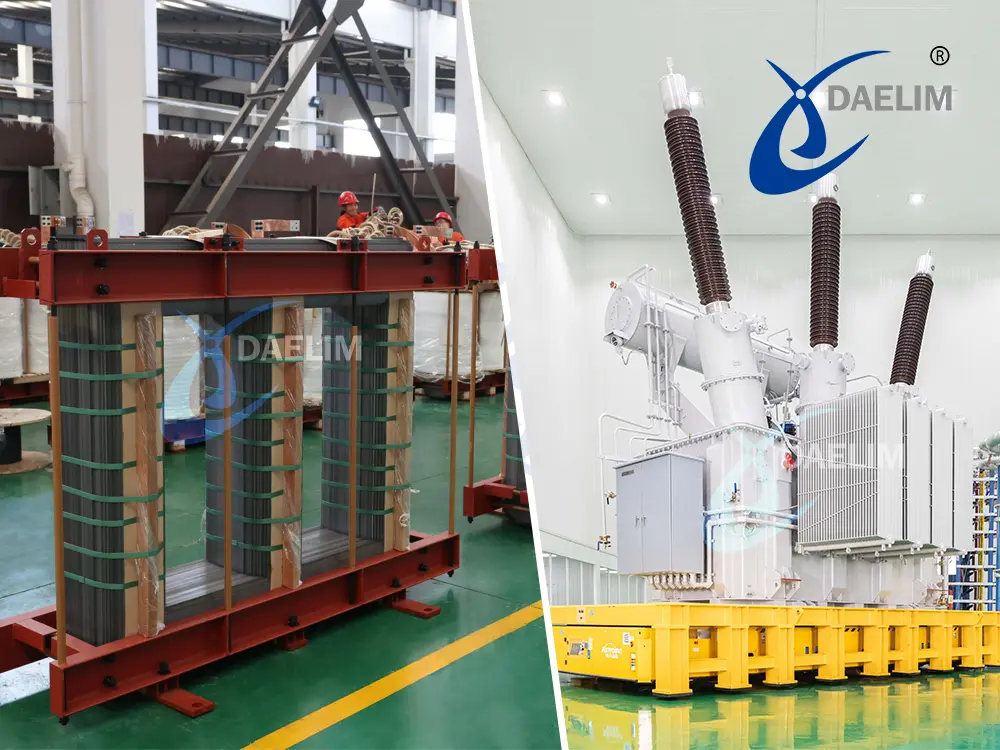
The energy efficient Transformer always utilizes high quality material for their transformer core construction. The material selection process is only focused on delivering the efficiency to the process rather than the cost saving. This selected material is manufactured to the highest standard possible and is tested throughout its production cycle to ensure quality. Similarly the construction of the transformer core is done as per the international standards like that of ASME, ANSI, or IEEE to ensure quality Transformer core production.
Optimized Winding Configurations
As the transformer winding is the part where the most of the transformer losses occur, the energy efficient Transformers are constructed using the most high quality copper material for their Transformer winding. It is highly important to select and construct the Transformer winding of specific configuration and design, depending upon the Transformer type, its size and the Transformer power capacity. Other than these the Transformer winding material testing, material quality check, winding calculations and the winding process itself should be as per the international standards of ASME, ASTM, ANIS, and IEEE.
Advanced Cooling Techniques
One of the most important factors that ensure high efficiency in electrical Transformers is their cooling mechanism that ensures that the heat developed in the Transformer winding is dissipated efficiently and it does not affect the transformer working.
In the energy efficient Transformer there is a dedicated and advanced cooling system that is specifically designed to remove the waste heat in the most efficient manner and keep up the Transformer efficiency.
Why is Energy Efficiency Transformer Important?
From all the electricity losses in the Electricity Distribution system the electrical transformers are responsible for 50 to 60% of those losses so developing an energy efficient transform is the most easy solution to recover that 50 to 60% of losses.
Other than this, there are three main reasons why the term energy efficient Transformers started and the companies were four to design and build Transformers that fall in the category of energy efficient transform.
Regulatory Standards and Government Incentives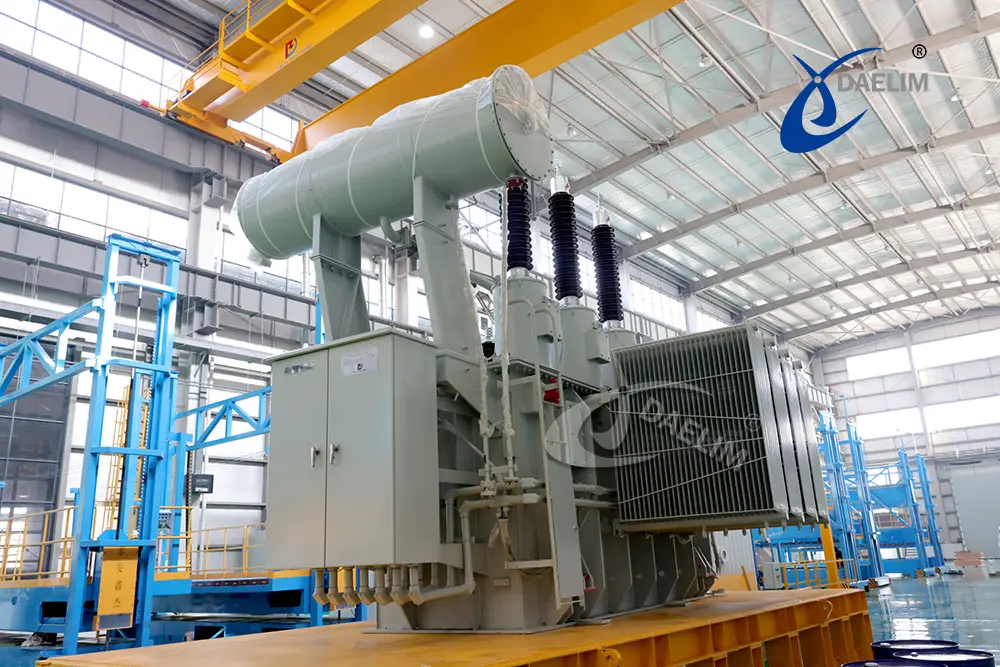
One of the most important and the main driving force behind the design and development of energy efficient Transformers is the rules and regulations and standards developed and adopted by the different governments that force their electricity utility companies to only use those Transformers that are highly efficient in their work.
One such example is the department of energy of the United States that has adopted regulation that the Transformer that will be installed in the entire United States should have an efficiency of 98 to 99%. Countries also force their transformer manufacturing and electricity utility companies to adopt certain materials specific designs and other parts of Electrical Transformer that contribute to their liability and high efficiency.
Reduction in Power Losses and Improved System Reliability
Another factor that forces and drives the transformer manufacturing and electricity distributing companies to adopt energy efficient Transformers is that these transformers reduce the power losses and improve the system reliability. By reducing the power losses within the transformer and the electricity distribution system, the utility company can save hundreds of thousands of dollars in lost revenue and by improving the system reliability, the utility company can ensure the minimum downtime of the system and Can attract new clients.
Environmental Benefits
As an energy efficient Electrical Transformer minimizes the energy losses and also reduces the power consumption within the system and within the transformer. This in return reduces the carbon footprint of the electricity distribution and regulation system and specially of the Electrical Transformer.
The rules and regulation that allowed utility companies to develop energy efficient Electrical Transformer also forces the electric city distribution companies to develop environmental friendly materials and processes that in return reduces the greenhouse gas emission from the power generating and regulating devices.
Get free: The Impact of Operating Environment on Transformer Design
How to Choose the Right Energy Efficient Transformer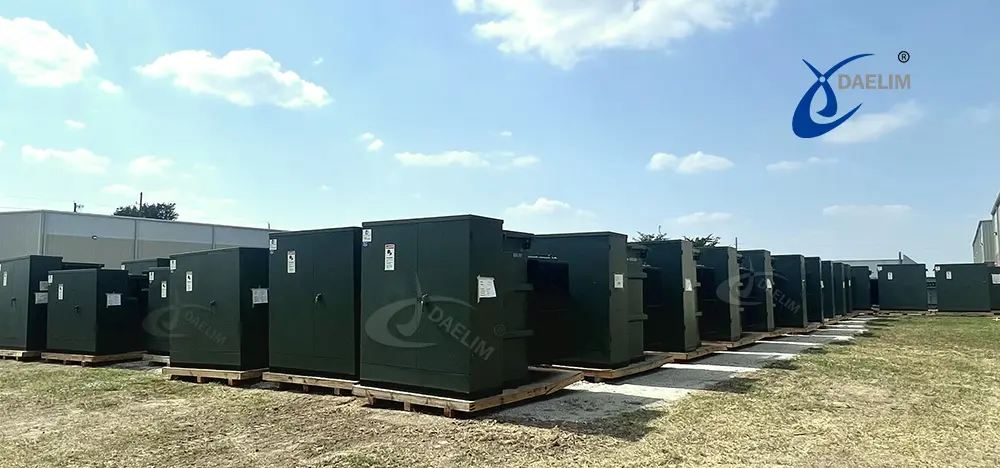
With the ability to offer rate advantages over the conventional Electrical Transformer and government regulation forcing utility companies to adopt energy efficient methods, the question of how to choose the right energy efficient Transformer for your application is critical.
There are some factors or points that you should keep in mind while selecting the right energy efficient Transformer for your application.
Key Selection Criteria
First factor here is to have a specific and key selection criteria for the energy efficient transformer you want to purchase or install. It is highly dependent on the application for which you want to start your energy efficient transformer and include the factors like the load capacity type of load and how critical is the application for which Transformer has to provide electricity. For example an application where an Electrical Transformer provides electricity for a hospital is much more critical than an application in which the Transformer provides electricity for a residential load.
Evaluating Efficiency Ratings and Regulatory Compliance
Not all energy efficient transformers are built the same and you need to know the energy efficiency rating and the regulatory compliance for the energy transformer for your application. Each region or country of the world has its own regulations and efficiency requirements from the Electrical Transformer and it is also highly dependent on the applications. In some application it is not possible to have 98 or 99% of efficiency just because of the load capacity the Transformer type or size of the transformer whereas in some application Specifically involving power transformer it is possible to achieve even 99.5% efficiency and their regulatory bodies like DOE, NEMA, and IEC that define the efficiency rating of a specific transformer.
Return on Investment (ROI) and Payback Period Considerations
We have explained early that the cost involved in the process of converting to an energy efficient transformer is one of the main factors that electricity utility companies consider before switching to energy efficient Transformers.
So during the selection of an energy efficient Transformer for your specification it is important for you to investigate the terms like initial investments and long term energy saving from switching to energy efficient transport.
The initial investment of an energy efficient transformer is always higher as compared to a standard Electrical Transformer so you need to consider your budget that your specific application allows you to invest in Electrical Transformer.
After making the initial investment you need to calculate the long savings that your energy efficient Transformer will offer you due to decrease in distribution losses and Transformer losses. You need to consider the total payback period in which the initial investment you made will be returned to you in terms of cost saved by an energy efficient transformer by reducing the losses.
You also need to consider if there is government incentive or payback in terms of tax reductions for other benefits, if your company invests in energy efficient Transformers.
Future of Energy Efficient Transformers
Although the energy efficient Transformer may seem futuristic to you, they are more of the present trend of the electricity distribution system and the future lies in the emerging trends in further innovation. Some of the future aspects of energy efficient Transformers or as follows.
- Engineers and electrical researchers or working to develop a superconducting transformer they are working on a material called superconductors and they seem to be much more efficient and reliable in Electricity Transmission then currently available copper material. Use of such a superconductor will further increase the performance, reliability and safety of our Electrical Transformer and Electricity Distribution system.
- Similarly engineers and researchers are also working to develop a Nano crystal line material for the Transformer core construction. This Nano crystal line core material will help to further reduce the core losses and improve the Transformer performance by ensuring safe and efficient transfer of magnetic flux.
- As the world adopts renewable energy resources like solar and wind power, there is a new trend and modification of energy efficient transformers where they can be used for stand alone solar and wind power plants. Current distribution system for standard on solar and wind power plants is highly inefficient and is not reliable at all and shows in the future a lot of work is needed to be done to develop a reliable energy efficient transformer for renewable application.
- The most obvious upgrade that we will see in your future in energy efficient transformers is the integration of IOT and digital monitoring of the grid system. The large grid stations and the power Transformershave already been digitized but mostly small and stand alone Transformers or manually monitored and respected. so a new system is required to enable each and every small or big, on grid or off grid.
Conclusion
Energy efficient transformers are a new train in the transformer industry where electrical transformers are designed and built to deliver high efficiency of 99.5%. This change is mostly guided by the government rules and regulations and international standards but it is also influenced by the cost saving that is achieved due to reduced losses. It is very obvious that the energy efficient transformer or the present and the only option we see in the near future where almost all Electrical Transformer we see in various applications will be energy efficient transformers.
Follow Up
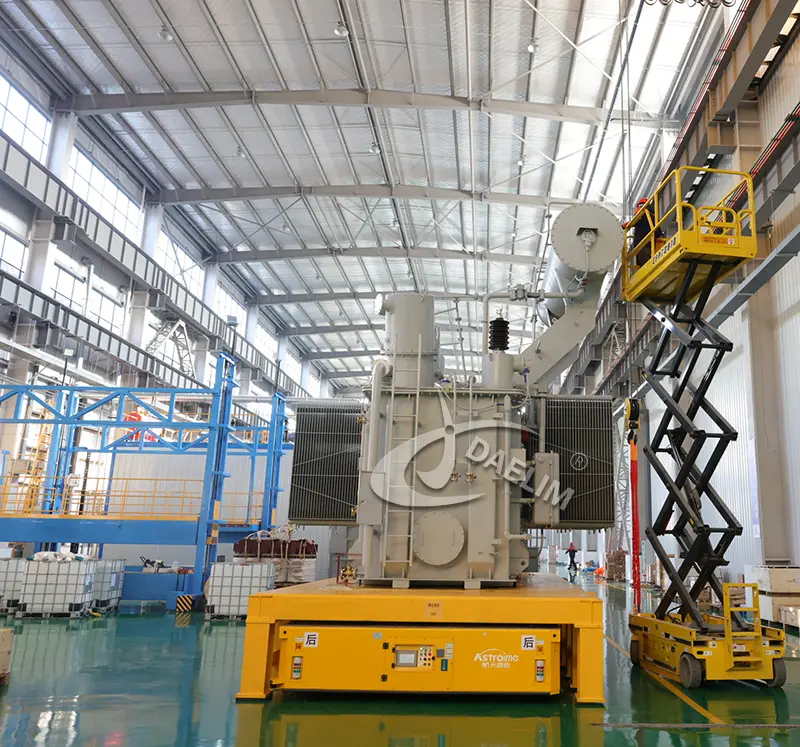
Energy efficient transformers are an essential component of modern power systems offering significant benefits in terms of energy savings, environmental impact and cost reduction. At Daelim Transformer we offer high quality energy efficient transformers that can satisfy all national and international standards of USA, Europe, Canada, Australia and other countries around the globe.
If you have any questions about Energy Efficient Transformers, Contact US.
Related Products
Related Article
Photovoltaic Storage Integration: Enhancing Energy Efficiency and Grid Stability
Photovoltaic storage integration combines solar power with energy storage for efficient grid stability. Applications include off-grid, grid-connected, hybrid systems, and microgrids, advancing renewable energy adoption and reliability.
Transformer Selection based on How much energy does AI use
AI's rapid growth significantly increases energy demand, with AI systems, data centers, and blockchain consuming 460 TWh in 2022, expected to double by 2026. Key factors include model complexity, computational infrastructure, and cooling needs. Transformers are crucial for stable, efficient power supply, requiring careful selection for AI's high and fluctuating energy demands.
Distributed Energy and Temporary Power
Daelim Transformer provides reliable, efficient solutions for the growing demands of distributed energy and temporary power systems, including solar, wind, and data center applications. With deep expertise and proven performance, Daelim ensures safe and sustainable electricity delivery while addressing the unique challenges of today’s evolving energy landscape.
Guide to Transformer Failures
Transformer failure disrupts power flow from plants to users, with no substitute device available. This guide explains causes, types, categories, and severity levels of transformer failure, helping users understand and prevent such critical breakdowns to maintain reliable electricity distribution.
Understand the Transformer Lifespan
Electrical transformers have a critical role in power distribution and a defined lifespan known as "useful life." Sudden failures disrupt electricity supply, making timely replacement essential. Key factors affecting lifespan include usage, maintenance, and environment. Understanding these helps predict remaining life and extend transformer longevity through proper care and condition monitoring.

